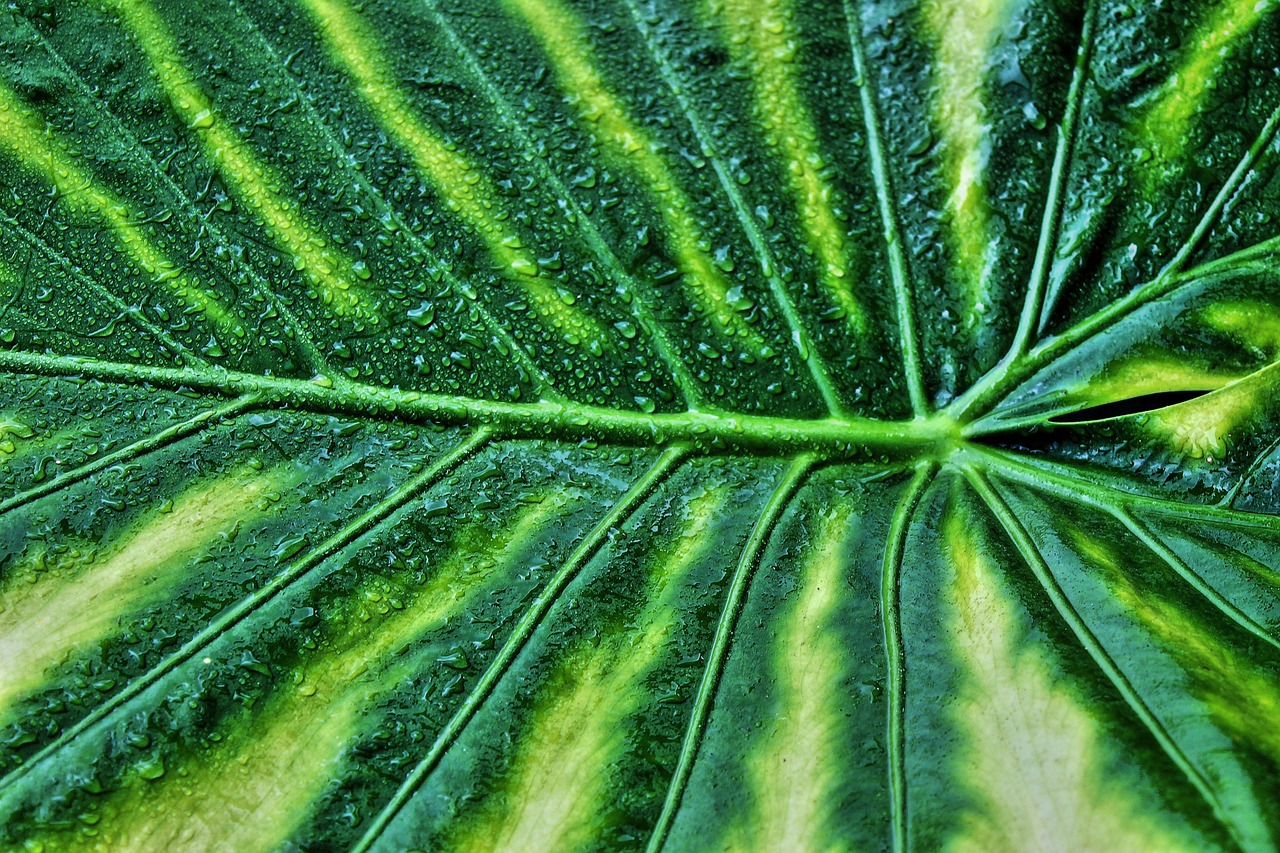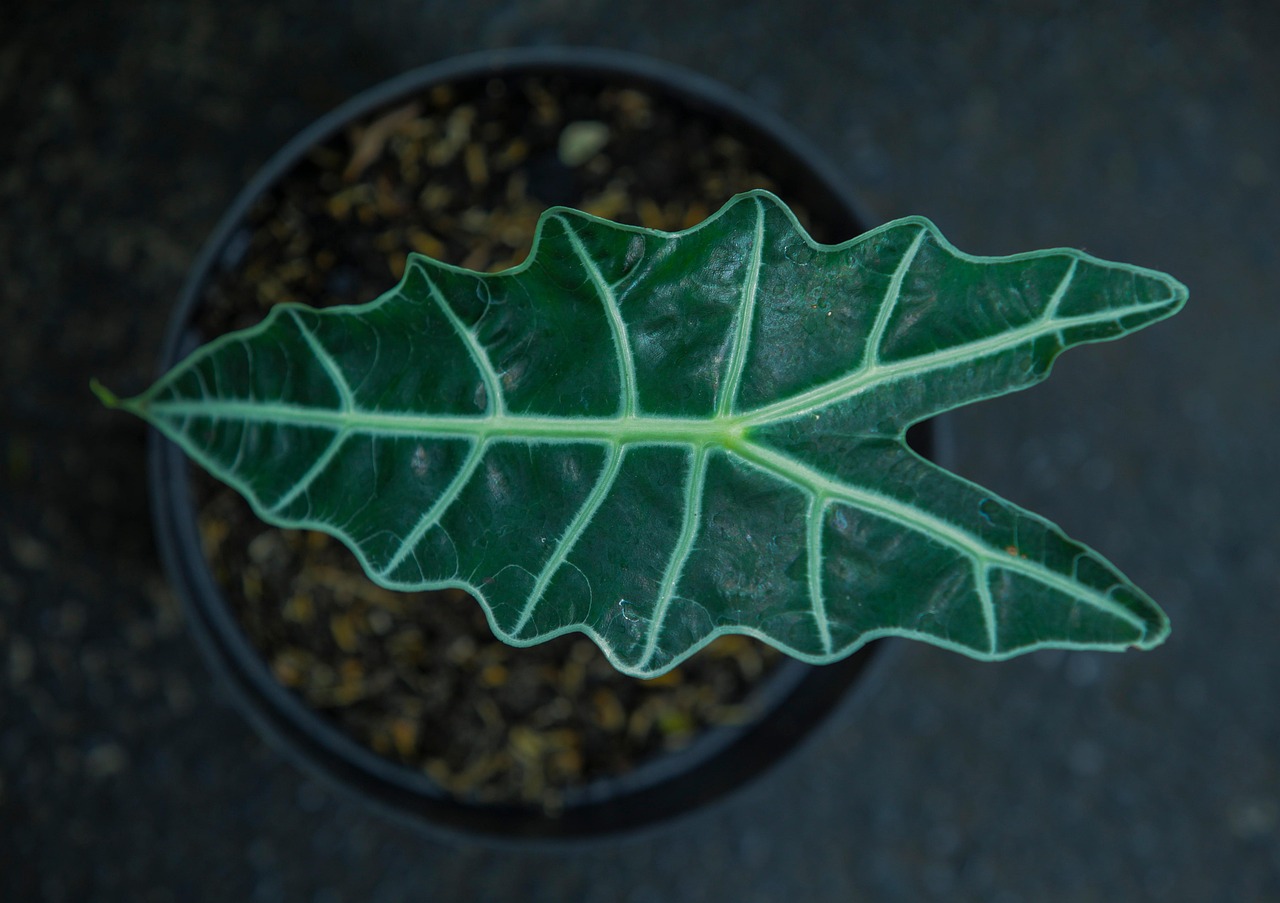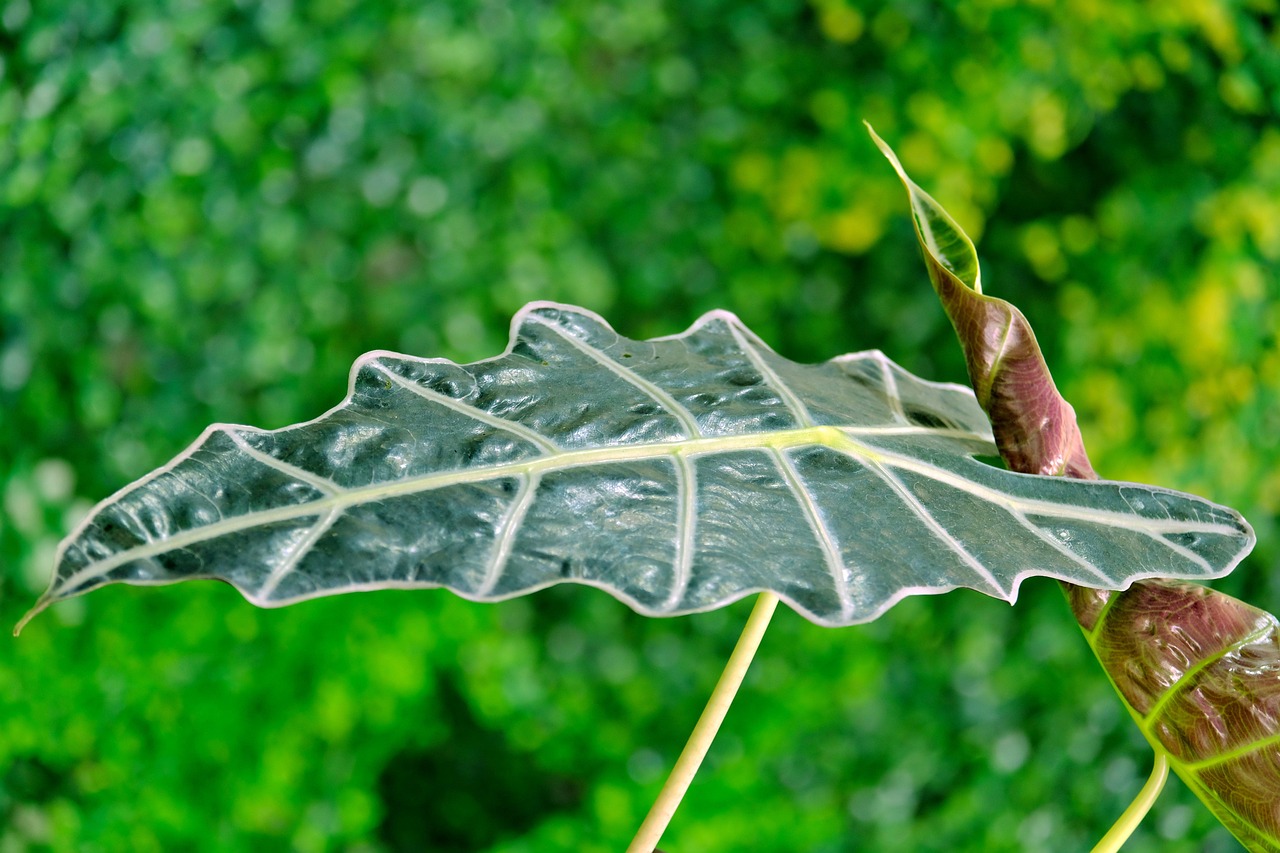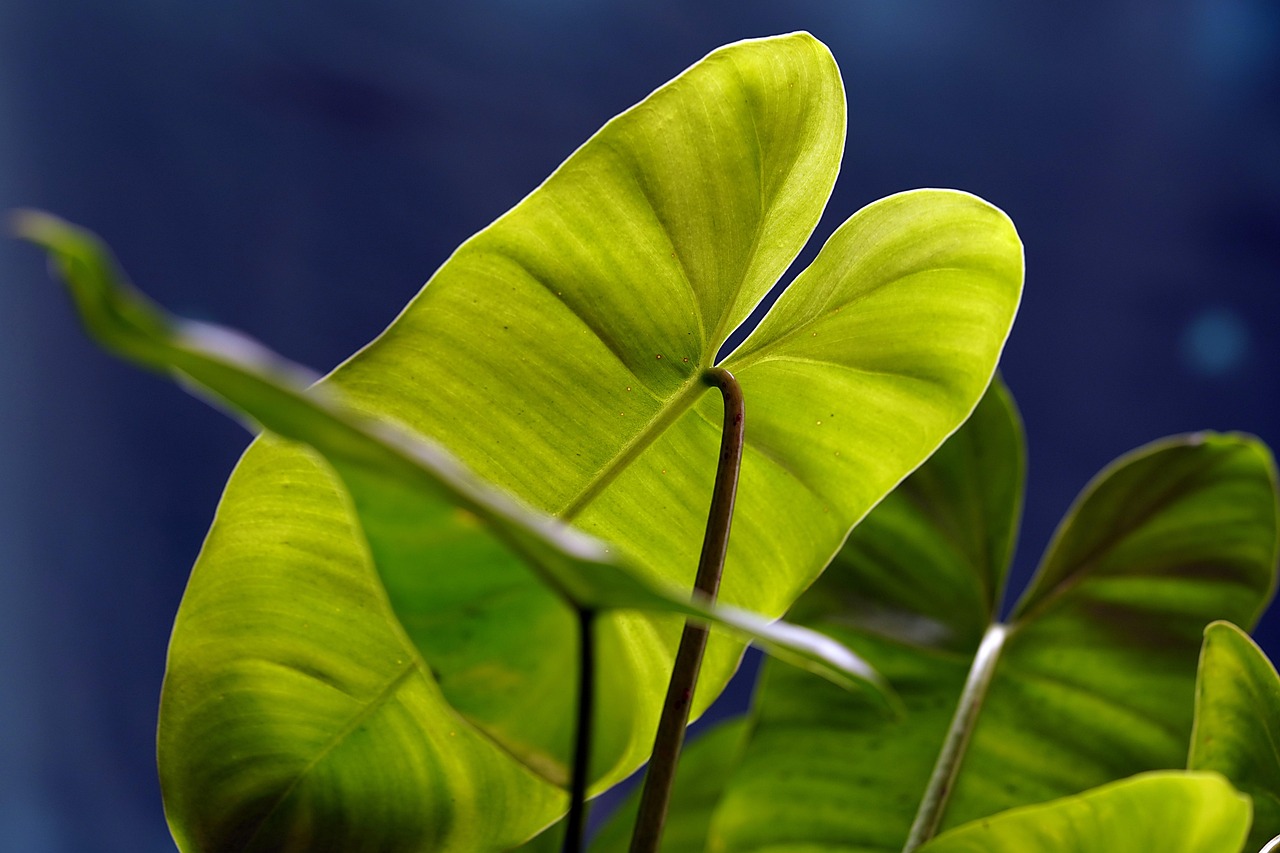The Alocasia Bambino is a stunning and compact houseplant known for its unique, arrow-shaped leaves. Care for this plant is straightforward, making it an excellent choice for beginners. With the right light, water, and humidity conditions, your Alocasia Bambino can thrive indoors.
The Alocasia Bambino, also referred to as the “African Mask Plant,” is a member of the Araceae family. This tropical plant is native to Southeast Asia and is popular among houseplant enthusiasts for its striking foliage. Its small size makes it perfect for tabletops or shelves. The dark green leaves, often with prominent veins, add a touch of elegance to any space.
Understanding the basic care requirements of the Alocasia Bambino is essential for maintaining its health. This plant has specific needs when it comes to light, water, humidity, and temperature. Meeting these needs will ensure that your Alocasia Bambino remains vibrant and grows well.
Light Requirements

The Alocasia Bambino thrives in bright, indirect sunlight. Too much direct sunlight can scorch its leaves, while too little light can hinder its growth. A good practice is to place your plant near a window with filtered light or use sheer curtains to diffuse harsh sun rays.
Here are some tips for providing the right light conditions:
- Avoid placing the plant in direct sunlight.
- Use grow lights if natural light is insufficient.
- Rotate the plant every few weeks to ensure even growth.
Watering Needs
Watering the Alocasia Bambino correctly is crucial for its health. This plant prefers to be kept moist but not soggy. Overwatering can lead to root rot, while underwatering can cause the leaves to wilt. It’s best to check the top inch of soil; if it’s dry, it’s time to water.
Consider these watering guidelines:
- Water when the top inch of soil feels dry.
- Use room temperature water for best results.
- Ensure proper drainage to avoid standing water.
Humidity and Temperature
The Alocasia Bambino enjoys high humidity levels, typical of its tropical origins. Ideally, humidity levels should be kept between 50% to 80%. In drier environments, consider using a humidifier or placing a tray filled with water and pebbles underneath the pot to increase moisture in the air.
Temperature also plays an important role in keeping your plant healthy. Alocasia Bambino prefers temperatures between 65°F and 80°F (18°C to 27°C). Avoid exposing it to cold drafts or sudden temperature changes, as this can stress the plant.
Soil and Fertilization
The right soil mixture is essential for the Alocasia Bambino. A well-draining potting mix that retains moisture without becoming waterlogged is ideal. You can use a commercial potting mix designed for houseplants or create your own by mixing regular potting soil with perlite or orchid bark.
When it comes to fertilization, feed your Alocasia Bambino during the growing season (spring and summer) with a balanced, water-soluble fertilizer diluted to half strength. Fertilizing every 4-6 weeks will help promote healthy growth.
| Care Aspect | Ideal Conditions |
|---|---|
| Light | Bright, indirect sunlight |
| Water | Moist soil, water when top inch is dry |
| Humidity | 50% – 80% |
| Temperature | 65°F – 80°F (18°C – 27°C) |
By following these care guidelines, you can create an environment where your Alocasia Bambino can thrive and showcase its beautiful foliage. The joy of nurturing this plant will enhance your indoor space and provide a rewarding experience for any beginner plant enthusiast.
Common Pests and Diseases
The Alocasia Bambino, like many houseplants, can be susceptible to various pests and diseases. Being aware of these issues is crucial for maintaining the health of your plant. Early detection and treatment can prevent serious damage and ensure your plant thrives.
Common Pests
Several pests may affect your Alocasia Bambino. Here are the most common ones:
- Spider Mites: These tiny pests thrive in dry conditions. They can cause yellowing leaves and fine webbing on the plant.
- Mealybugs: These pests appear as white, cotton-like clusters on stems and leaves. They can hinder growth by sucking sap from the plant.
- Scale Insects: Scale insects look like small bumps on the leaves and stems. They can weaken the plant by feeding on its juices.
- Aphids: These small green or black insects can infest new growth. They may cause curling leaves and stunted growth.
Signs of Infestation
It’s essential to recognize the signs of pest infestation quickly. Look for the following symptoms:
- Yellowing or curling leaves
- Visible insects on the plant
- Sticky residue on leaves (honeydew) from sap-sucking pests
- Webbing between leaves or on the stem (in case of spider mites)
Treatment Options
If you notice any of these pests, prompt action is necessary. Here are some treatment options:
- Insecticidal Soap: Spray affected areas with insecticidal soap, which suffocates soft-bodied insects.
- Neem Oil: This natural oil disrupts the life cycle of pests. Dilute it with water and spray on the plant.
- Manual Removal: For minor infestations, you can wipe pests off with a damp cloth or use a cotton swab dipped in alcohol.
- Isolation: If you have multiple plants, isolate the infested one to prevent the pests from spreading.
Potential Diseases
The Alocasia Bambino can also suffer from certain diseases, often caused by improper care or environmental stress. Here are some common diseases to watch out for:
Root Rot
Root rot is a severe condition caused by overwatering or poor drainage. Symptoms include:
- Wilting leaves despite adequate watering
- Brown, mushy roots when inspecting the soil
- Foul smell emanating from the soil
If you suspect root rot, act quickly by removing the plant from its pot. Trim any affected roots and repot in fresh soil with good drainage.
Leaf Spot Disease
This disease manifests as dark spots on the leaves. It can be due to overwatering, poor air circulation, or high humidity. To address leaf spot disease:
- Remove affected leaves to prevent further spread.
- Improve air circulation around the plant.
- Avoid wetting the leaves during watering.
Powdery Mildew
This fungal disease appears as a white powdery substance on leaves. It is often caused by high humidity and poor air circulation. To combat powdery mildew:
- Increase air circulation around the plant.
- Avoid overhead watering.
- Treat with fungicidal spray if necessary.
Propagation Techniques
If you want to expand your collection or share your Alocasia Bambino with friends, propagation is an excellent option. Here are some effective methods for propagating this plant:
Division Method
The most common way to propagate Alocasia Bambino is through division. Follow these steps:
- Carefully remove the plant from its pot.
- Inspect the root system and identify natural divisions or offsets.
- Using clean, sharp scissors, divide the plant into sections, ensuring each section has roots and a leaf or two.
- Pot each division in fresh soil and water lightly.
Offsets Method
If your Alocasia Bambino produces offsets (small plants growing at the base), you can propagate them easily:
- Gently separate the offset from the main plant, ensuring it has roots.
- Pot the offset in a small container with a suitable potting mix.
- Water lightly and place it in a bright, indirect light location.
Propagation can be a rewarding experience, allowing you to enjoy more of these beautiful plants or share them with fellow gardening enthusiasts.
Co

ntainer Selection and Potting
Choosing the right container for your Alocasia Bambino is essential for its growth and overall health. The container should provide adequate space for root development while also ensuring proper drainage to prevent waterlogging.
Choosing the Right Pot
When selecting a pot for your Alocasia Bambino, consider the following factors:
- Size: A pot that is too large can retain excess moisture, leading to root rot. Ideally, choose a pot that is one size larger than the current one, with enough space for the roots to grow.
- Material: Terracotta pots are breathable and help wick moisture away from the soil. Plastic pots are lightweight and retain moisture better. Choose based on your watering habits.
- Drainage Holes: Ensure the pot has drainage holes at the bottom. This prevents water from sitting in the pot, reducing the risk of root rot.
Potting Process
When it’s time to repot your Alocasia Bambino, follow these steps for a successful transition:
- Choose a well-draining potting mix. You can use a commercial mix or create your own by combining potting soil with perlite or orchid bark.
- Remove the plant from its current pot gently. Be careful not to damage the roots.
- Inspect the roots for any signs of rot or damage. Trim away any unhealthy roots with clean scissors.
- Place a layer of fresh potting mix at the bottom of the new pot.
- Position the plant in the center and fill around the roots with more potting mix, ensuring it is secure.
- Water the plant lightly to help settle the soil.
Seasonal Care Tips
Caring for your Alocasia Bambino may vary with the seasons. Understanding these seasonal changes can help you adjust your care routine effectively.
Spring and Summer Care
During the growing season, typically spring and summer, the Alocasia Bambino requires more attention:
- Watering: Increase watering frequency as the plant actively grows. Ensure the top inch of soil dries out between waterings.
- Fertilization: Apply a balanced, water-soluble fertilizer every 4-6 weeks to promote healthy growth.
- Repotting: If your plant has outgrown its pot, spring is an ideal time to repot it into a larger container.
Fall and Winter Care
As temperatures drop in fall and winter, your Alocasia Bambino will enter a period of dormancy. Here’s how to adjust care:
- Watering: Reduce watering frequency. Allow the soil to dry out more between waterings to prevent overwatering.
- Humidity: Maintain humidity levels by misting occasionally or using a humidifier, especially in heated indoor environments.
- Light: Ensure your plant still receives sufficient light during shorter days. Consider moving it closer to a light source if needed.
Common Care Mistakes
Even with proper guidance, beginners may still encounter challenges when caring for an Alocasia Bambino. Here are some common mistakes to avoid:
Overwatering
This is one of the most frequent issues that can lead to root rot. Always check the moisture level in the soil before watering, and ensure proper drainage.
Insufficient Light
Placing your plant in low light conditions can lead to leggy growth and poor leaf development. Remember to provide bright, indirect light for optimal growth.
Lack of Humidity
The Alocasia Bambino thrives in humid environments. If your home is too dry, consider increasing humidity through misting or using a pebble tray with water.
Pest Neglect
Pests can quickly multiply if not addressed promptly. Regularly inspect your plant for signs of infestation, and take action as needed.
Caring for Your Alocasia Bambino in Different Environments
The e

nvironment where you keep your Alocasia Bambino can significantly impact its health. Here are some tips for different settings:
Apartments
If you live in an apartment, ensure your plant has access to bright, indirect sunlight from windows. Use a humidifier if indoor air is dry due to heating or air conditioning.
Offices
Office environments often have lower humidity levels. Consider placing a small fountain nearby or regularly misting your plant to keep it happy.
Homes with Pets or Children
If you have pets or young children, place your Alocasia Bambino out of reach, as its leaves can be toxic if ingested. Always educate family members about plant safety.
Caring for your Alocasia Bambino can be a fulfilling endeavor. Understanding its specific needs and providing the right conditions will help this beautiful plant thrive in your home.
Advanced Care Tips for Your Alocasia Bambino
As you become more experienced in caring for your Alocasia Bambino, you may want to explore advanced care techniques. These practices can enhance the health and aesthetics of your plant, ensuring it remains a vibrant addition to your home.
Leaf Care
The leaves of the Alocasia Bambino are its most striking feature. To keep them looking their best, consider the following tips:
- Dusting Leaves: Regularly wipe the leaves with a damp cloth to remove dust. This helps the plant absorb more light and improves photosynthesis.
- Pruning: Remove any yellow or damaged leaves to encourage healthy growth. Use clean scissors to make clean cuts.
- Leaf Shine Products: If you want to enhance the shine of your leaves, consider using a leaf shine product specially formulated for houseplants. Always test on a small area first.
Using Support Structures
As your Alocasia Bambino grows, it may benefit from some support. Consider using stakes or trellises if the plant becomes top-heavy or if you want to encourage upright growth.
Seasonal Adjustments
Throughout the year, keep an eye on seasonal changes that may impact your plant’s care routine. For example:
- During winter, reduce watering frequency significantly, as the plant will slow down its growth.
- In spring, consider fertilizing more regularly as the plant resumes active growth.
- If you notice any signs of stress in summer, such as wilting or browning leaves, adjust light exposure accordingly.
Frequently Asked Questions
For n

ew plant parents, questions often arise while caring for their Alocasia Bambino. Here are some common queries and their answers:
Can my Alocasia Bambino survive in low light?
While it can tolerate lower light conditions, the Alocasia Bambino thrives best in bright, indirect light. Insufficient light can hinder growth and lead to leggy plants.
What should I do if my plant starts losing leaves?
Leaf loss can indicate several issues, including overwatering, underwatering, or insufficient light. Check the soil moisture and lighting conditions to identify and correct the problem.
Is it safe to keep Alocasia Bambino around pets?
The leaves of Alocasia plants contain calcium oxalate crystals, which can be toxic if ingested by pets. It’s best to keep this plant out of reach of pets and educate family members about its toxicity.
Final Thoughts
Caring for an Alocasia Bambino is a journey filled with learning and joy. With its distinctive foliage and manageable care needs, this plant can be a rewarding addition to your indoor garden. Remember, every plant is unique and may have specific needs based on its environment.
By providing the right light, water, humidity, and attention to potential pests or diseases, you can ensure your Alocasia Bambino thrives. Don’t hesitate to adjust your care routine as you learn more about your plant’s specific preferences. Enjoy the process of nurturing your Alocasia Bambino, and watch as it flourishes over time.
If you encounter any issues or have further questions about your plant’s health, do not hesitate to seek advice from local gardening clubs or online communities. With patience and care, your Alocasia Bambino can become a stunning centerpiece in your home for years to come.
